Kickoff set for Louisville conference
By Kelly Messinger
At the ACP/CMA conference in Louisville, CMA will launch its student research program.
Many students conduct some kind of undergraduate capstone experience in media, and that experience could earn a student an Apple Award at the New York City convention in March.
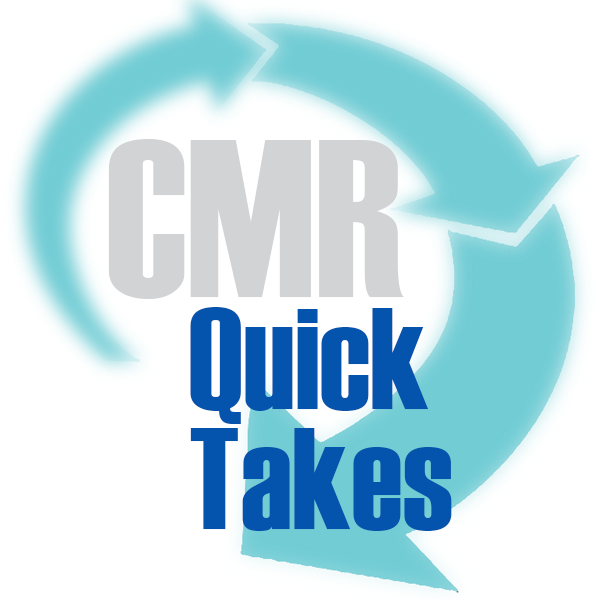 “Student research has been shown to be a high-impact educational practice,” said Kelly Messinger, committee member and adviser at Capital University. “We want to acknowledge traditional and non-traditional kinds of scholarship. Elizabeth R. Smith, Lisa Lyon Payne and I are looking forward to seeing projects students will be submitting. We welcome anyone who wants to help.”
“Student research has been shown to be a high-impact educational practice,” said Kelly Messinger, committee member and adviser at Capital University. “We want to acknowledge traditional and non-traditional kinds of scholarship. Elizabeth R. Smith, Lisa Lyon Payne and I are looking forward to seeing projects students will be submitting. We welcome anyone who wants to help.”
The session, “Grow Your Academic Mullet and Get Rewards: CMA’s Call for Undergrad Research” at 3:30 p.m. Oct. 26 will fill everyone in on the details. The research must pertain to current issues in media and be produced from July 1, 2017 through Dec. 31, 2018.
“A student research initiative by College Media Association is probably long overdue,” said Kenna Griffin, CMA president elect and professor at Oklahoma City University. “Working with students to produce worthwhile academic research is a huge part of what many of our members do. Having a way for students to share their research findings makes sense. I’m excited to see the quality of work we will receive and look forward to watching students present at our New York convention.”
A January 2019 deadline for projects will be announced. Nontraditional research, such as a documentary, would need an accompanying academic paper.
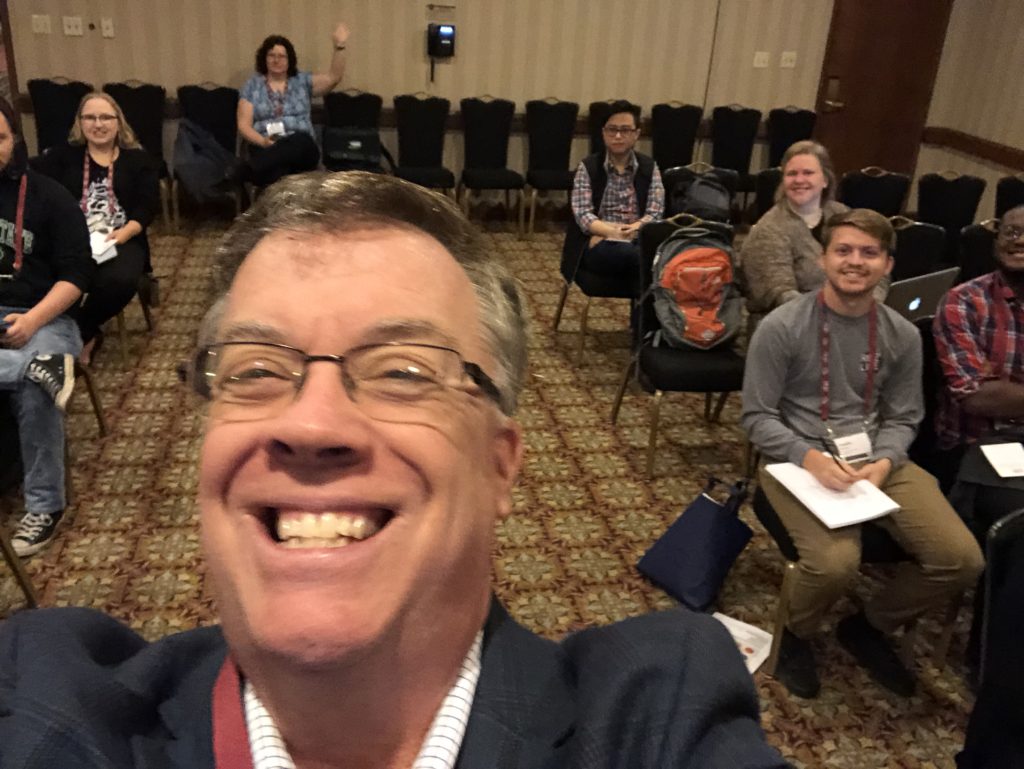

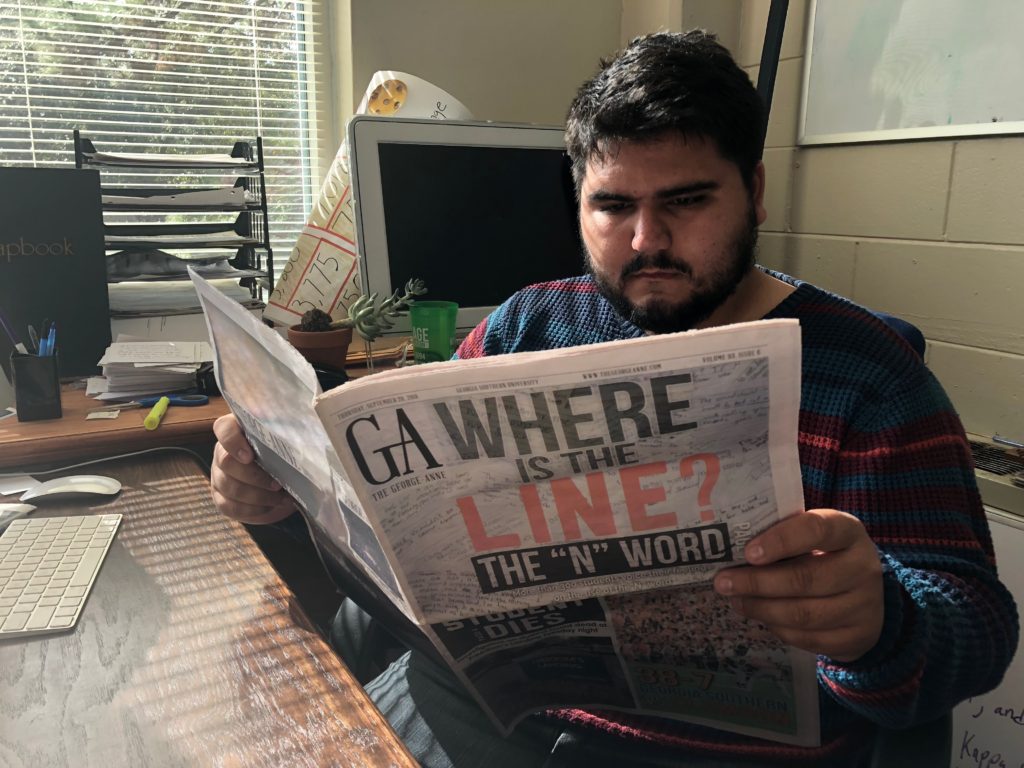
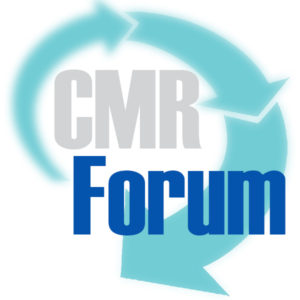
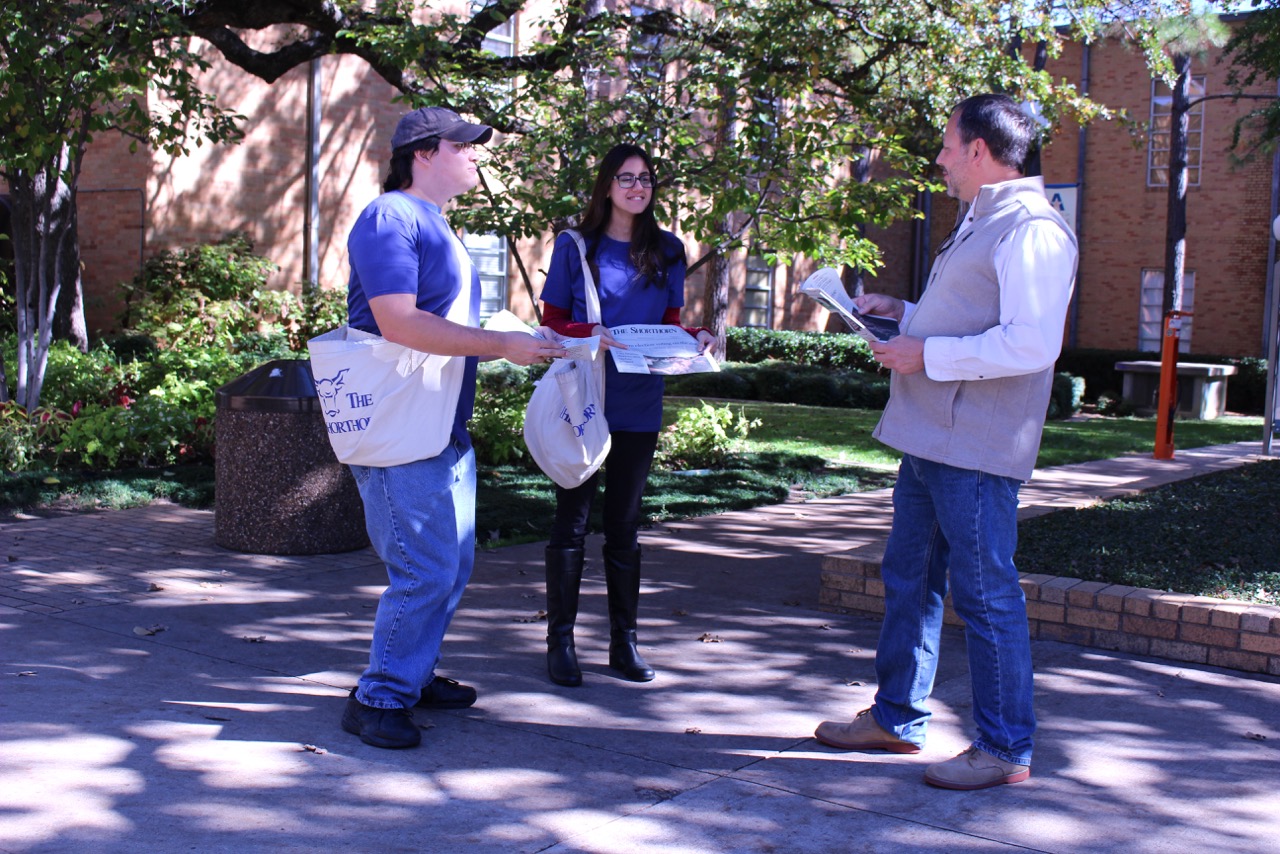

 College Media Review Black Friday doorbuster
College Media Review Black Friday doorbuster Peer-reviewed manuscripts covering topics such as teaching media accuracy, developing tools for cross-cultural student journalism and understanding the Trump effect on student media are included in the 2018 volume, but the price extends to all research annuals dating back to 2012.
Peer-reviewed manuscripts covering topics such as teaching media accuracy, developing tools for cross-cultural student journalism and understanding the Trump effect on student media are included in the 2018 volume, but the price extends to all research annuals dating back to 2012.
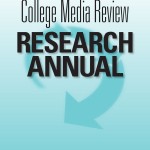 Abstract: On March 31, 2018, a Pennsylvania state representative used Twitter to confront and challenge the ethics of a student journalist, tweeting “…and then there is the “Editor in Chief” of the student blog/paper @CodyNesporSRU who pushes a lib agenda and [is] a horrible writer” to the feeds of his 5,500+ Twitter followers. Closely resembling the social media etiquette of President Donald Trump, or what we will refer to as the Trump Effect, this post caught the attention of not only the student journalist mentioned in the tweet, but student media advisers and professional journalists across the country. Unfortunately, this type of behavior is becoming more common in our society and student journalists need a framework for dealing with similar issues.
Abstract: On March 31, 2018, a Pennsylvania state representative used Twitter to confront and challenge the ethics of a student journalist, tweeting “…and then there is the “Editor in Chief” of the student blog/paper @CodyNesporSRU who pushes a lib agenda and [is] a horrible writer” to the feeds of his 5,500+ Twitter followers. Closely resembling the social media etiquette of President Donald Trump, or what we will refer to as the Trump Effect, this post caught the attention of not only the student journalist mentioned in the tweet, but student media advisers and professional journalists across the country. Unfortunately, this type of behavior is becoming more common in our society and student journalists need a framework for dealing with similar issues.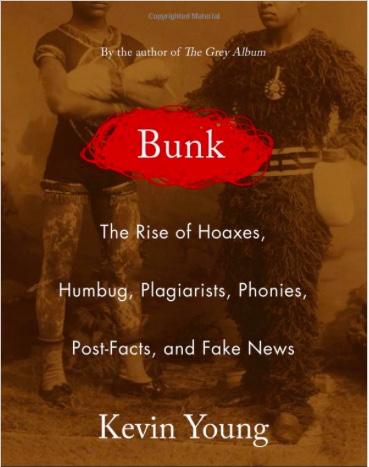 You can be forgiven if the barrage of fake news, accusations of fake news, threats of fake news, and disputes about fake news have sent your head spinning for the past year or two. Since the term fake news has invaded our national conversation only relatively recently, it is entirely understandable to desire to take a step back and learn more about the phenomenon and how we got to where we are.
You can be forgiven if the barrage of fake news, accusations of fake news, threats of fake news, and disputes about fake news have sent your head spinning for the past year or two. Since the term fake news has invaded our national conversation only relatively recently, it is entirely understandable to desire to take a step back and learn more about the phenomenon and how we got to where we are.  “Student research has been shown to be a high-impact educational practice,” said Kelly Messinger, committee member and adviser at Capital University. “We want to acknowledge traditional and non-traditional kinds of scholarship. Elizabeth R. Smith, Lisa Lyon Payne and I are looking forward to seeing projects students will be submitting. We welcome anyone who wants to help.”
“Student research has been shown to be a high-impact educational practice,” said Kelly Messinger, committee member and adviser at Capital University. “We want to acknowledge traditional and non-traditional kinds of scholarship. Elizabeth R. Smith, Lisa Lyon Payne and I are looking forward to seeing projects students will be submitting. We welcome anyone who wants to help.”